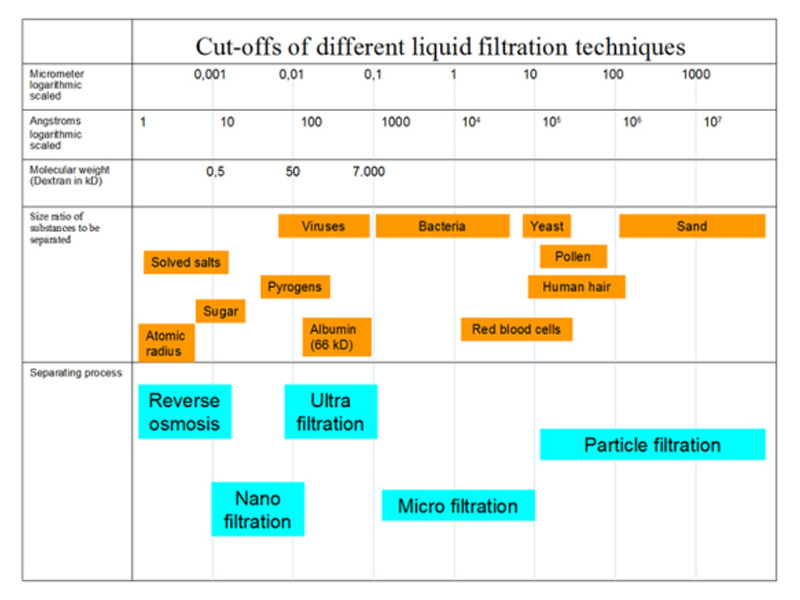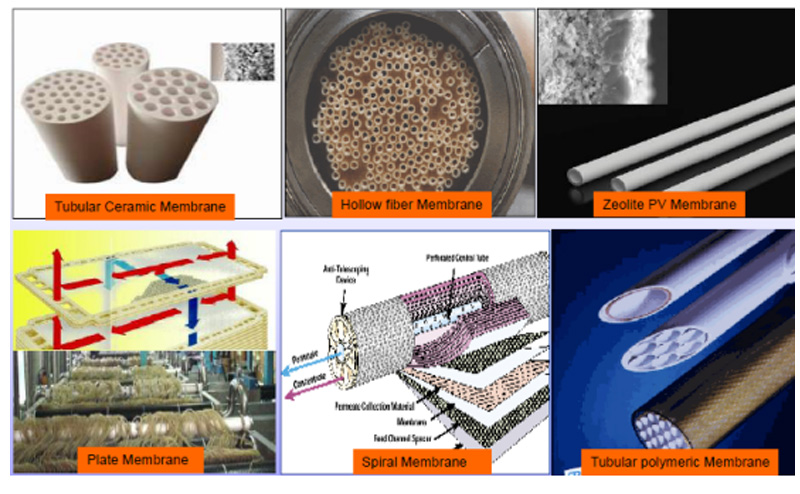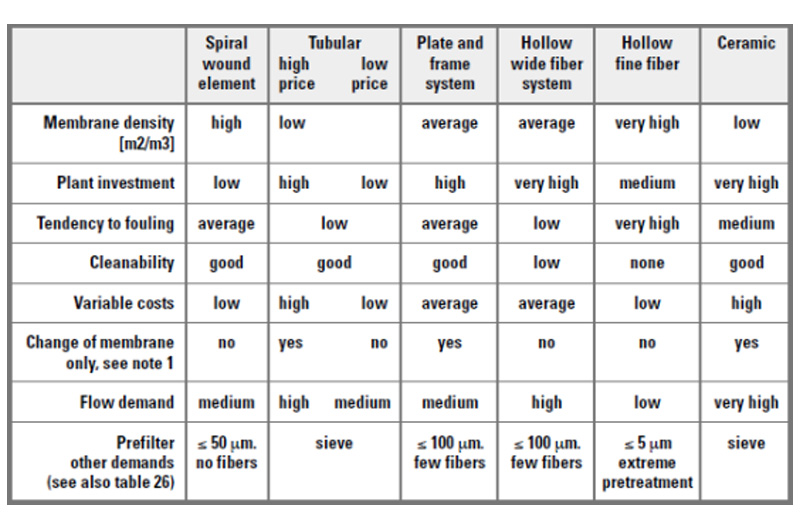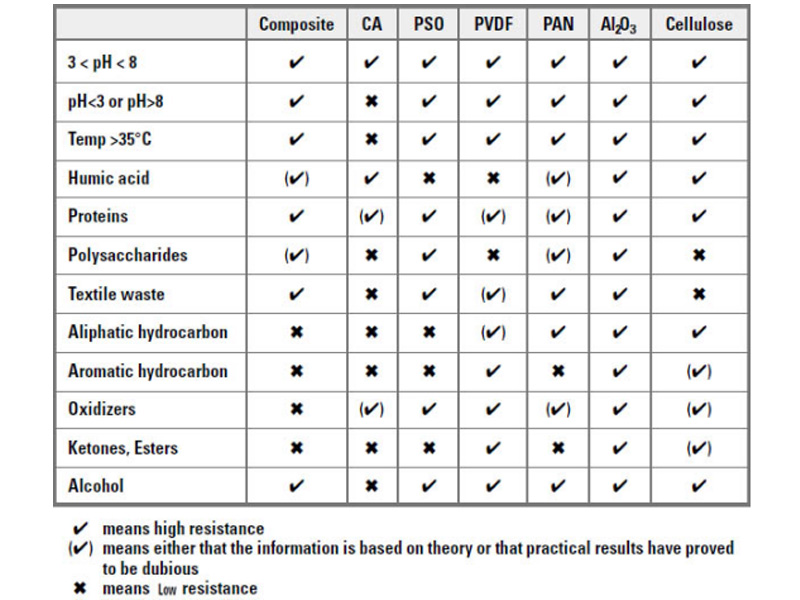Membrane separation processes play a very important role in the separation industry. Nevertheless, they were not considered as important technologies until the mid-1970s. Based on separation mechanisms and size of the separated particles, the widely used membrane processes include microfiltration, ultrafiltration, nanofiltration, reverse osmosis, electrolysis, dialysis, electrodialysis, gas separation, vapor permeation, pervaporation, membrane distillation, and membrane contactors. All processes except for pervaporation involve no phase change. All processes except (electro)dialysis are pressure driven. Microfltration and ultrafiltration are widely used in food and beverage processing (beer microfiltration, apple juice ultrafiltration), biotechnological applications and pharmaceutical industry (antibiotic production, protein purification), water purification and wastewater treatment, the microelectronics industry, and others. Nanofiltration and reverse osmosis membranes are mainly used for water purification purposes. Dense membranes are utilized for gas separations (removal of CO2 from natural gas, separating N2 from air, organic vapor removal from air or a nitrogen stream) and membrane distillation. The later process reduces the costs of distillation in the separation of azeotropic compositions.








